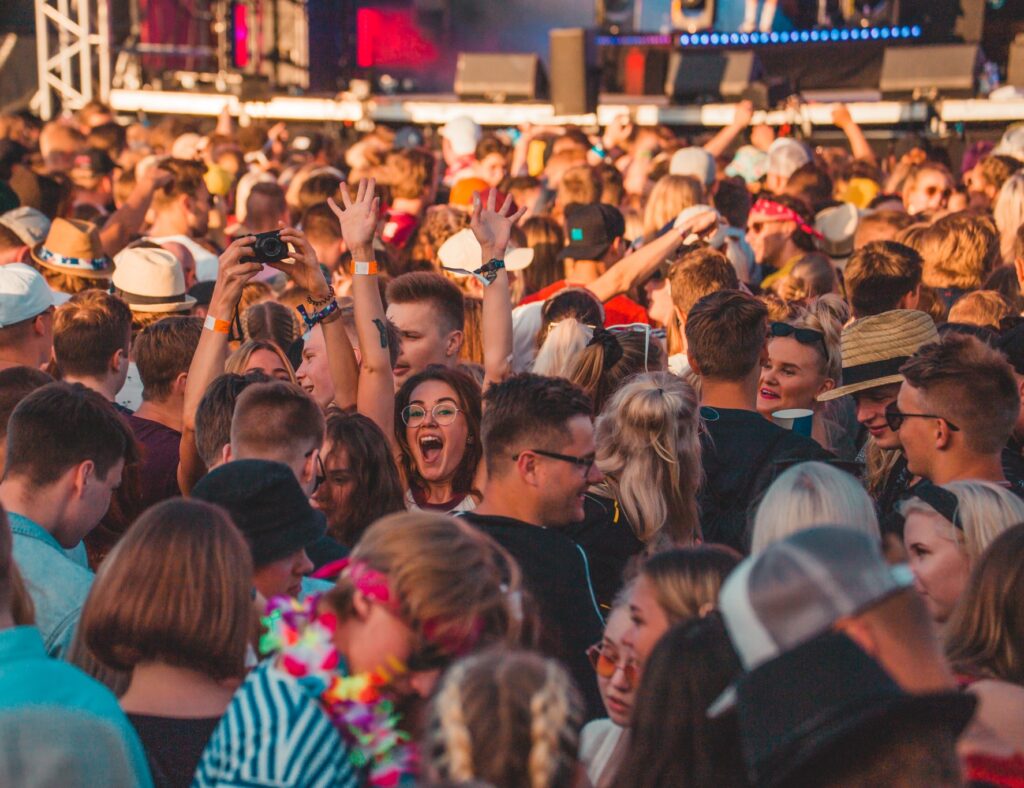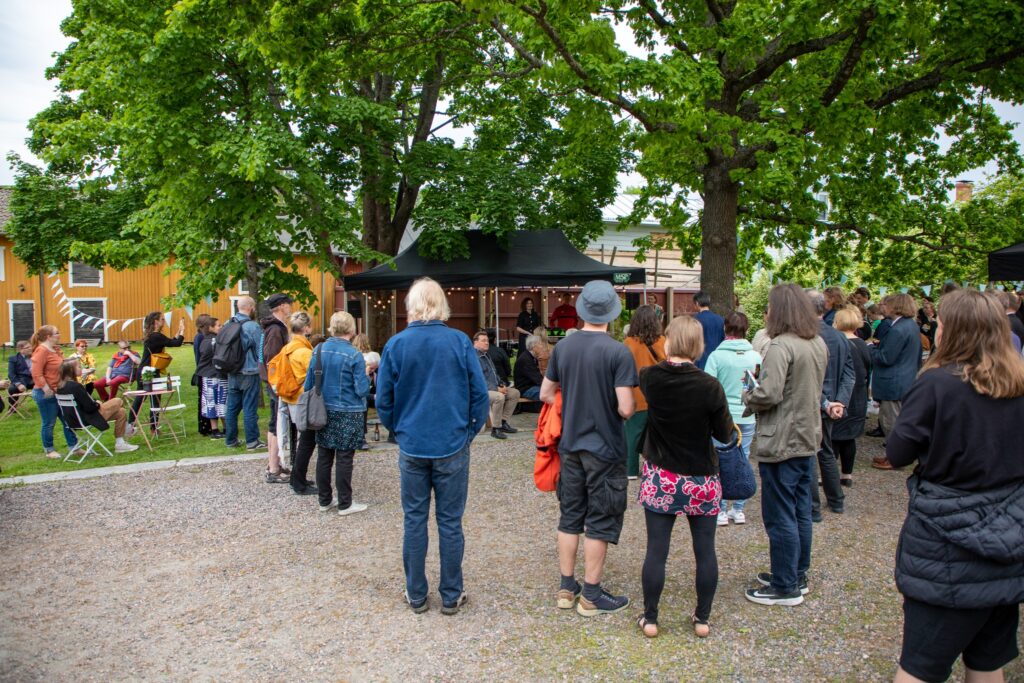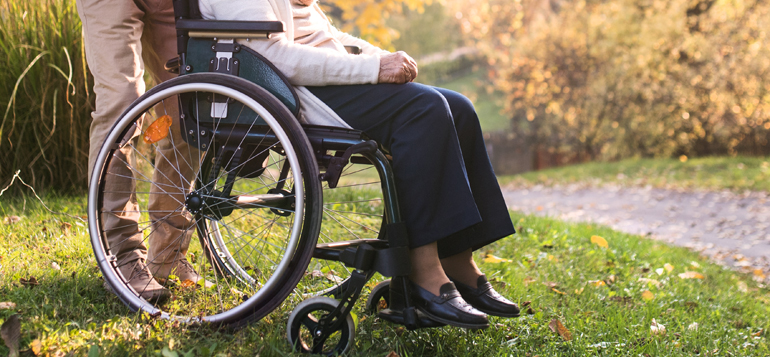Accessibility and Universal Design

What is the Difference Between Accessibility and Universal Design?
Events and services at the event should be equally accessible to all. Accessibility is a necessary condition for the participation of many, but it also translates into a more enjoyable, smoother and safer event for all. Universal design relates to the functionality of the built environment and facilities. Accessibility is a broader concept, including the functionality of the event’s services and communication.
Universal design is best achieved when it is considered at all stages of the event’s planning, implementation and post-event evaluation. The accessibility and diversity checklist is intended to help you to self-assess and develop the current state of accessibility and diversity, especially for cultural events. The checklist, available on the ‘Culture for All’ website, helps organisers to consider the needs of a wide range of audiences and event organisers.
‘Culture for All’ service
Use the accessibility and diversity checklist to help you plan your event.

Accessibility and Universal Design Are Taken Into Account at the Event, Including in
Venue Selection
Choose a venue that is already accessible. Visit the venue to make sure that any prior information and assessments about the accessibility of the venue are correct. Uneven terrain or high differences in level is one of the most significant and common physical obstacles. Temporary ramps can be provided to facilitate movement around the venue. Good lighting and handrails will increase the safety of the event area and ensure safe movement also at night. Check with the venue operator or owner to see what accessibility measures they can provide.
Communication
Communicate about the event in advance, including from an accessibility perspective. Tell them where to find more information if it is not available on the event website, for example. Communicate the event in a timely, understandable and clear way. Make sure that the event website is accessible.
Signage
Place a clear map of the event area or venue, including information on accessibility, at all entrances to the area. Good signage will have texts, symbols and images of sufficient size and clear colour contrasts. Consider the placement of signage for people at sitting height. Train event staff so that they are all able to answer accessibility questions when necessary.
Planning Arrival and Access Routes
The planning of the event area must consider, for example, the arrival of people with reduced mobility. Communicate in advance and mark on the map which access route will best serve them. The entrance or gates should include a wider access lane for easy access, for example for wheelchair users. Provide sufficient marked parking spaces and spaces for drop-off traffic near the entrances. Communicate in advance about the type of access routes in the event area and the type of material they are made of. Keep access routes clear and easy to use during the event and clearly and comprehensibly signpost them.
Enabling Assistance
It is standard practice at events for the person being assisted to buy a ticket and for the assistant to enter the event free of charge. Clearly indicate in the informational material and on the event website which ticket or ticket type includes the assistant’s free entrance.
Designing the Grandstand
Wheelchair spaces will be provided in the public area as a seamless part of the rest of the grandstand. They should be placed in locations that are easily accessible and have a good view of the stage. If the induction system for hearing-aid users extends only to part of the grandstand, clearly mark the area and inform the public at the time of ticketing.
Planning Services
Customer service and sales points should be located in a flat position for easy access. The height of the counters should also consider seated and short customers. If the counter is going to be used for a long time, you should also provide chairs. The counters should also be well lit.
Ensure that there are enough toilets at the venue to cope with the number of visitors. Place accessible toilets in different parts of the event area and near the different service points and mark their location on the event map.

More information about accessibility
More information and advice on accessibility and universal design can be found on the website of The Finnish Association of People with Physical Disabilities.